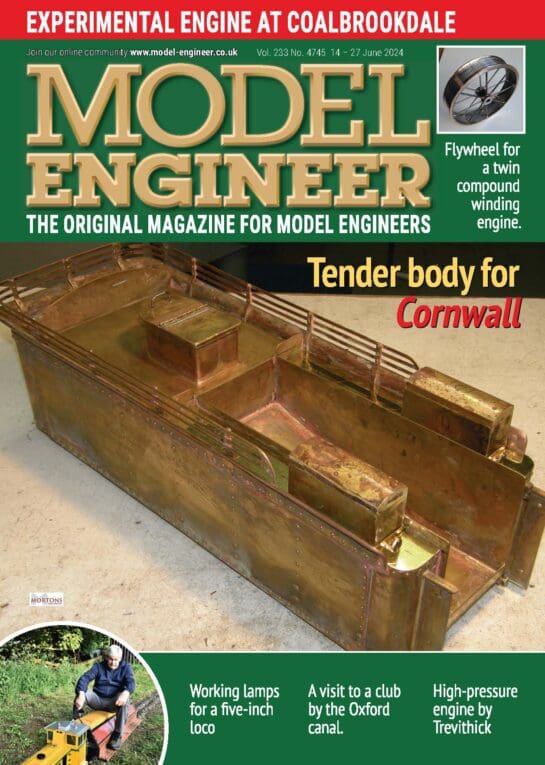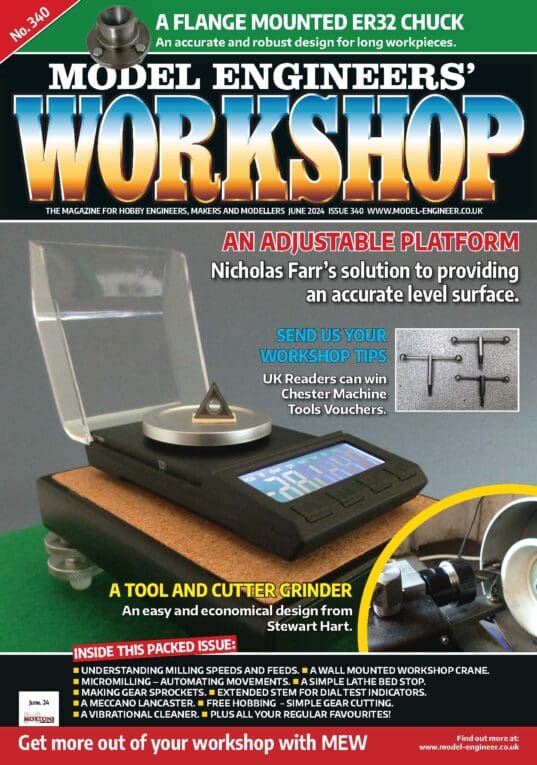…
The other piece of advice please is what would you all recommend is the best way to buy BA taps ? In a set or individually. Would it be better to get all three taps in each size or just two ? I guess it will be down to quality as well. So where to buy from your experiences ?
Thanks all.
Steve
The answer depends enormously on what the workshop does. Buying a complete set of all BA, Metric, BSW, BSF, Unified and other taps is hugely expensive, especially if only the best will do. Tens of thousands.
I started by having a think about what my workshop was for: it’s mainly experimental work, mixed with electronics and radio. As I rarely repair old machines or build models from old plans, I don’t have much call for BS or UN threads: when one of them is needed I buy or make the tap &/or die.
Metric threads are ideal for experimental work and repairing modern equipment. Unlike legacy threads they are readily available and mostly a shade cheaper. It made sense for me to buy a basic metric set covering the most common coarse and fine threads up to M12. The set only has taper taps, and if I need a second or plug variant, I buy one. In practice, I limit the number of threads I use, notably M2.5, M4, and M10, and for these only I have all three tap types. Metric also fits experimental work, where the maths and CAD are both easier than thinking in Imperial, unless of course you’ve spent a lifetime thinking in Imperial, and metric requires an old dog to learn new tricks!
BA is common in old British instruments, and for these I’m still using a basic Carbon-Steel set bought over 50 years ago. It’s lasted because it’s only used to tidy up existing threads, corroded or mangled, and to cut new threads in Aluminium. The nature of BA is that most threads are put into through holes, so bottom taps are rarely required. Apart from radio repair work I avoid BA – it’s a little hard to source BA and metric fasteners are just as effective.
As a rule of thumb, if you don’t know yet what threads will be needed in your workshop, buy a basic set to get started. After a while, it will probably become apparent that some sizes are never used, whilst others have a hard life. Replace only the sizes that get used, perhaps buying in bulk. These are also likely to be the sizes where it’s worth buying taper, second and bottom taps. Again, what you do matters – tapping into blind holes means bottom taps are essential, otherwise not.
Same rule of thumb applies to drills. Worth starting by buying a set, but thereafter only replacing the sizes that are used a lot. Experience identifies what’s needed, and restoration is different from loco building, which is different from what I do. Like as not, it will be realised that although inexpensive tools are good enough for most work, there are jobs were better is needed. I hate the word ‘quality’ because it’s meaningless without a specification. However, many like to use the best possible tools. Trouble is, these are shockingly expensive, and only make financial sense in a professional setting. Second-hand is a possibility, but there’s no guarantee the tool will be in good condition. I’ve pretty much settled on mid-range tooling, mostly avoiding very cheap internet ‘bargains’ and high-end industrial because both waste my money. I say mostly avoid because a cheap tap that only has to be used once is worth the risk, whilst sometimes it’s worth going up-market, as when I had to drill a lot of holes in work-hardening stainless.
The exception is a professional or busy general purpose workshop. When time is money, it might pay to keep a full range of well-specified tools on hand. Having an expensive skilled man down tools because there isn’t a tap on the shelf is painful. And although hobbyists are famous for not wanting to spend money, having to stop whilst a tool is bought is frustrating! If money is no object, and there’s plenty of space, why not enjoy the hobby by starting with a fully equipped workshop?
One thing – do you really need BA? There are good reasons, but…
Dave
Steve Huckins.








